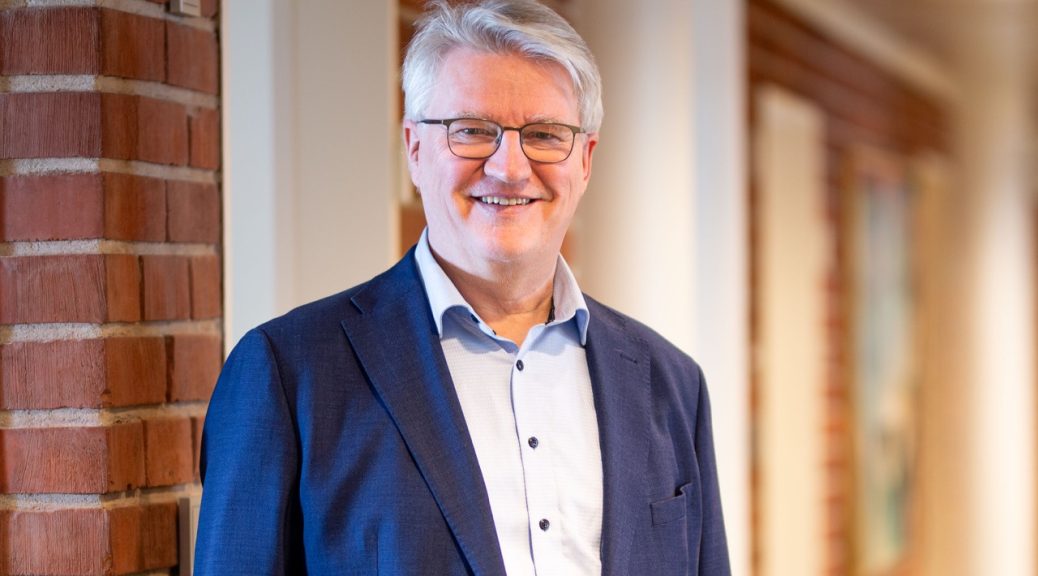The EPBD directive, which entered into force on May 1, places new demands on legislation in EU member states. The update of the Energy Efficiency Directive supports the reduction of carbon dioxide emissions in the construction sector. Talteka’s CTO Juhani Hyvärinen believes that the time targets for the reforms are ambitious.
Juhani Hyvärinen is the Director, Technologyt at Talteka (the Association of Finnish building technology industry and trade) which is a member of The Confederation of Finnish Construction Industries RT. He has followed the development of national and international regulations for a long time and has been involved in bringing the industry’s common views to the EU’s official level.
Nordic countries lead in construction supervision
The goal behind the updated directive is for the entire building stock in the EU to be emission-free by 2050. Juhani Hyvärinen confirms that above all in Finland, but also in Sweden and Norway, the indoor environment and energy efficiency in buildings have traditionally been regulated more than the rest of Europe at the national level.
– In Finland, there are relatively precise requirements for ventilation of buildings and for water and sewage systems. The interior temperature in buildings and cooling have not previously been the focus of legislators in the same way. For us, it has been sufficient as a requirement in the regulations that the temperature in homes and public spaces is 18–32 degrees, even if the expectations for indoor temperature regulation are significantly stricter.
The EPBD Directive was updated – a threat or an opportunity?
The Energy Efficiency Directive states that by the beginning of 2030 at the latest, new buildings must be completely emission-free. Hyvärinen reminds that the directive is only an order to change national legislation. In this case, the EU countries, including Finland, must enact their own laws and regulations so that they come into force in the spring of 2026.
– The new directive focuses on energy efficiency. Another central theme is the utilization of renewable energy. The key word is a zero-emission building, that is, a building that produces no carbon dioxide emissions from fossil fuels.
According to the directive, the entire EU region’s building stock must be emission-free by 2050. Is this a threat or an opportunity?
– The timetables are very tight. Of course, zero emissions also depend on the type of energy available. But of course, that alone is not enough. At the same time, the building must consume some energy. The state, cities and municipalities are facing big financial commitments. Repair construction requires both investments and a correspondingly competent workforce, emphasizes Hyvärinen.
Legal regulations on measuring the indoor environment
Juhani Hyvärinen states that the current requirements for ventilation units come from various regulations (ecodesign). When it comes to energy efficiency, the most important thing is that the units do not waste energy and that the heat recovery works correctly.
– Monitoring of the indoor environment will be a new requirement in the EPBD. Member States must set the requirements in national legislation. Until now, Finland has lacked, among other things, a humidity limit. With climate change, outdoor temperatures will increase, so the upper limit given for temperature is already too high for living comfort. Similarly, the indoor air in winter is often too dry due to the heating, which can lead to health problems.
– Ventilation devices are a central part of the indoor climate, and manufacturers must take the new requirements into account.
Building control is needed
Hyvärinen reminds that changed legislation also requires building inspectors to have new skills. There will be new technical requirements in the field of building supervision, which means that there is a need to diversify competence.
– When the goal is to make the entire building base emission-free, 25 years is a short time. The biggest impact comes from repair construction and how to proceed with it. After all, private property owners are not obliged to carry out compulsory renovations, but the directive encourages repairs that can lead to lower energy bills and thus increase the value of the properties.
More specifically, the liability issues brought about by the new directive will be defined in regulations issued based on the revised Finnish Construction Act. The changes in the Building Act will come into force later this year. The rule changes must be made by the summer of 2026 at the latest.



